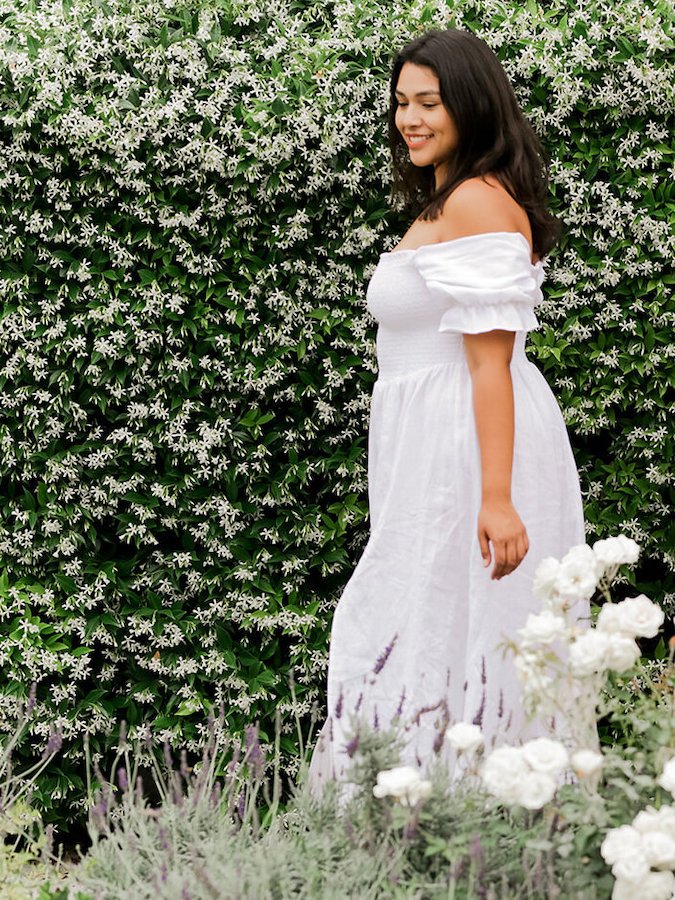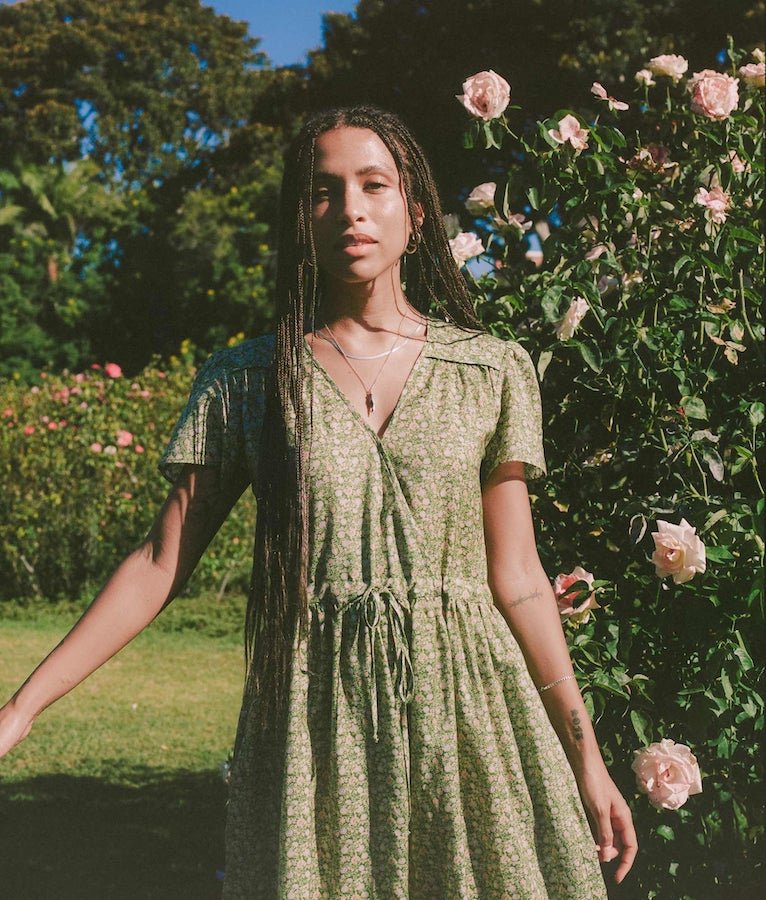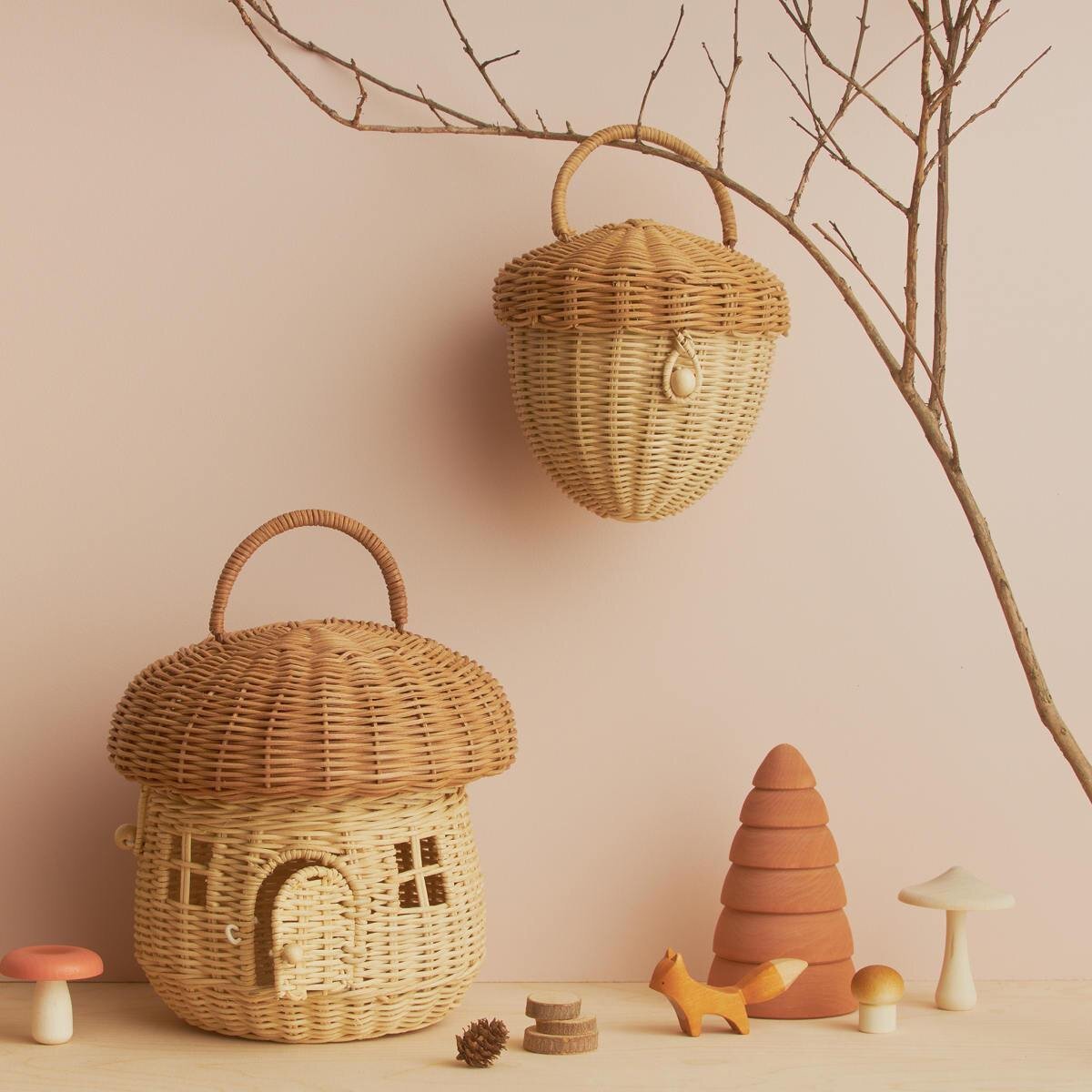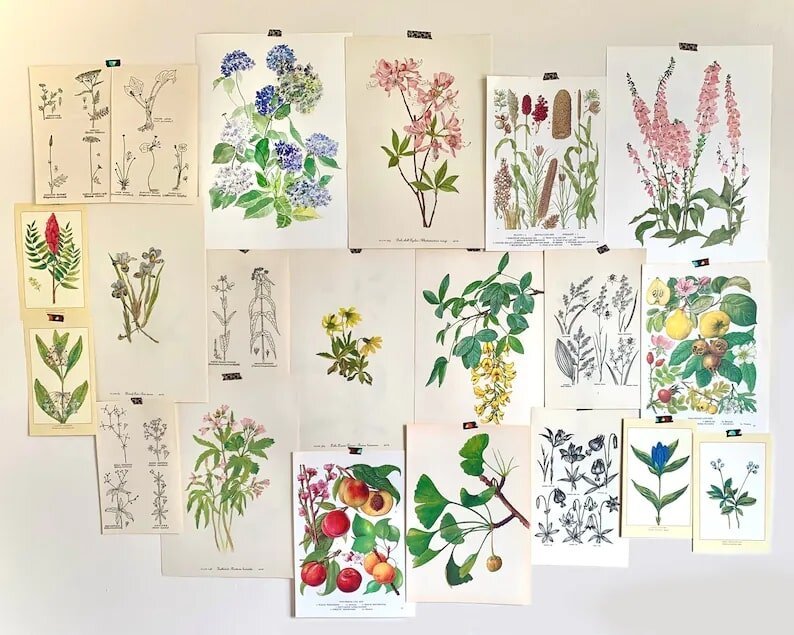A Beginner’s Guide To Cottagecore
Welcome To My Cottage
Please, won’t you sit down and have a cup of tea? Believe it or not, dear one, living in a cottage amongst wildflowers, rolling hills, and lots of baskets is not new. History tells us that, for centuries, people around the world lived this way, and the concept of cottagecore dates as far back as 2,300 years ago, to ancient Greek countrysides.
Yet, with the dawn of technology and larger cities, humans evolved and many of us moved away from simpler living. In recent years, however, and perhaps due to overwhelming amounts of technology, it would seem we are looking for ways to return to our roots and to nature.
You could say we are dusting off our storybooks and returning to Laura Ingalls Wilder and The Brothers Grimm. We are once again finding ourselves inspired by a less complicated way of life—one that takes us back inside dwellings surrounded by fields and streams, romanticizing what “staying at home” can look like. This is the dream-like world of cottagecore.
What Is Cottagecore?
“Cottagecore is an aesthetic that celebrates simple living, particularly in the countryside.”
Cottagecore is an aesthetic that celebrates simple living, particularly in the countryside. It encourages a lifestyle rooted in traditional skills—like baking bread, gardening, and sewing your own clothes. On the internet, this trend is celebrated most often on social media and blogging platforms—notably TikTok, Instagram, and Tumblr, where it first gained momentum in 2017.
The New York Times further explores this “desire to live in a world outside the one currently inhabited.” In the article, writer Isabel Slone explains that “in the cottagecore universe, there are no phones pinging constantly with updates, no urgent work emails, no evenings spent responding to the onerous demands of a tyrannical boss. In fact, there is no labor beyond domestic, and workaday tasks are completed with a gauzy sense of fulfillment.” Instead, cottagecore at its core focuses on living in the present.
I had my first encounter with cottagecore when I discovered Jamie Beck’s Instagram account. She captures her whimsical lifestyle in Provence, France. She drinks afternoon tea, gracefully walks through orchards, and holds bouquets of flowers like she is in a renaissance oil painting. Similarly, most cottagecore aesthetics include warm colors, dainty florals, and flowing dresses.
But cottagecore didn’t originate with Beck or other recent influencers on social media, considering its dated history. The trend, which is often linked to “Mori Kei,” a Japanese fashion style inspired by living in the woods, is simply having a 2021-inspired moment. It’s no surprise that between COVID, political upheaval, and climate change, we are searching for a forgotten lifestyle. Society has often turned to the past to soothe stress happening in the present, after all.
For historically excluded communities especially, the lifestyle also offers safe haven and an escape. For LGBTQ+ teenagers, cottagecore offers a safe and welcoming space, where softness, romance, and open arms are central to its ideals. For Black women, in particular, the trend offers a chance to push back against colonialism and formerly segregated spaces—and instead reclaim the “domestic femininity” movement that had earlier excluded them.
There is comfort in knowing that, perhaps, anyone can live a simple, visible life.
The Conscious Life Of Cottagecore
Cottagecore inherently inspires sustainable living and connection with the land. The movement asks us to confront climate change and consider how we can better care for the earth. Accounts like @simply.living.well inspire us to live more consciously by swapping plastic in our homes with dainty wood or vintage glass items. Sumaiyah Noor of Flueranoor invites us to garden, even in small city spaces. And Jenny Ong, a homestead hobbyist, compels us to preserve food and create a chicken coop.
Additionally, the fashion in this universe is primarily vintage, opting for thrifted finds instead of store-bought or new clothing. Paula Sutton (@hillhousevintage), an interior designer and fashion maven, lives a wonderful cottagecore life filled with joy. She adorns herself in vintage apparel and reads on blankets in front of her cottage home. Her clothing is inspired by a bygone era, a true comfort to look at.
These accounts and the cottagecore movement remind us about the importance of slowing down and living more consciously. It's not just about the products we buy, but also about our everyday pursuits. We can choose to create a world for ourselves filled with gentle moments, while also considering how we can make our homes a place of cultivation instead of a place to store “things.”
We’re also reminded to honor the earth around us and tend it more wholly by caring for what we see outside our windows. Even for those who live in urban settings, cottagecore nudges us to be gentle with ourselves and do the best we can in our homes and for the earth—the same way we would tend to an herb garden (if we had one).
Sustainable Brands Inspired By Cottagecore
Inspired by the cottagecore lifestyle? While cottagecore is ultimately about simplicity and living with what you already have (try these sewing kits for mending your own clothes), we also love turning to sustainable brands and vintage Etsy shops to influence our homes and wardrobes. Here are a few images and items for browsing—perhaps with a cuppa. May they inspire your own journey into the world of cottagecore:
RELATED READING
Courtney Jay is a writer at The Good Trade. She is also a yoga instructor, health enthusiast, and sustainable fashion advocate. She believes the most powerful way to nurture the planet is to nurture ourselves. You can find more of her writing and take one of her online yoga classes on her website Coincide.











